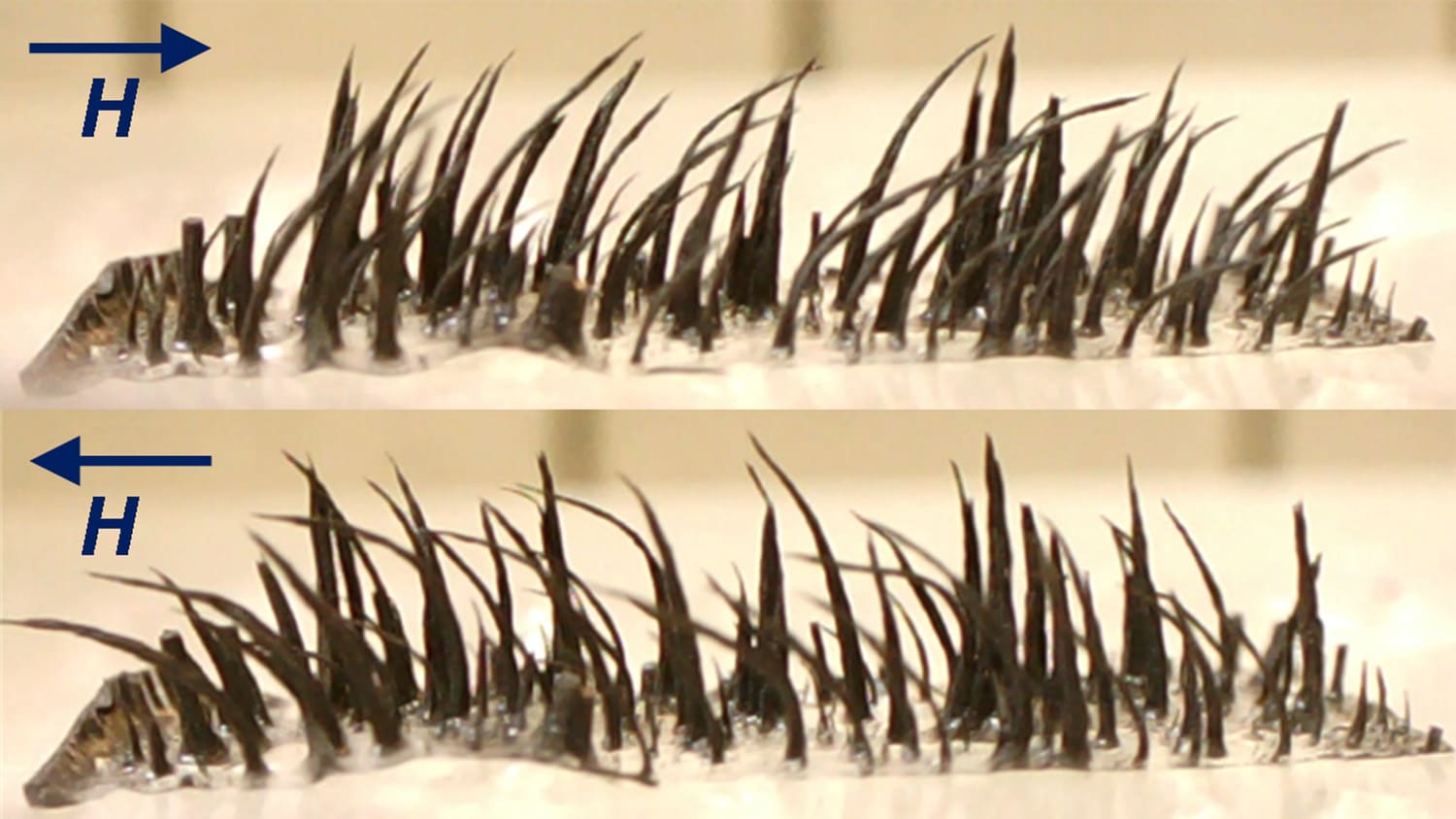Beneficial Plant ‘Spillover’ Effect Seen From Landscape Corridors
Research by a North Carolina State University biologist and colleagues shows that using landscape corridors, the “superhighways” that connect isolated patches of habitat, to protect certain plants has a large “spillover” effect that increases the number of plant species outside the conservation area.
The study found that corridors caused such a wide range of “spillover” beyond the patches – to more than the area of the patches themselves – that the results were a surprise, says Dr. Nick Haddad, associate professor of biology at NC State and a co-author of a paper published online this week in Proceedings of the National Academy of Sciences. He adds that the finding has broad implications for conservation efforts – most importantly that the benefits of landscape corridors, the strips of habitat that connect isolated patches of habitat, extend well beyond those borders.
“Most conserved areas are small – two-thirds are less than one square kilometer – so the spillover effect with corridors gives a larger conservation bang for the buck,” Haddad says. He adds that exotic or invasive species of plants showed no signs of spillover effect.
Haddad says that he and his colleagues used an idea from marine protection strategies in their study. In oceans, certain areas are off limits to fisherman in order to protect fish. In time, excess fish within the protected areas spill over into waters where fishing is permitted. Dwindling fish stocks rise while fishermen catch the excess fish – a mutually beneficial scenario.
To perform the research, the scientists collaborated with the U.S. Forest Service at the Savannah River Site National Environmental Research Park, a federally protected area on the South Carolina-Georgia border, to create the world’s largest experimental site devoted to the study of landscape corridors. Much of the Savannah River Site is covered with pine plantations. The U.S. Forest Service created eight identical sites, each with five openings, or patches, by clearing the pine forest. A central patch was connected to one other patch by a 150-meter-long, 25-meter-wide corridor, while three other patches were isolated from the central patch – and each other – by the surrounding forest. The patches are home to many species of plants and animals that prefer open habitats, many which are native to the historical longleaf pine savannas of this region.
The study shows that areas surrounding the connected patches had 10 to 18 percent more spillover than patches not connected by corridors.
Haddad adds that plant species dispersed by birds and mammals – wild hollies, blueberries and cherries, for example – were most affected by the spillover effect. That makes sense, he says, because previous research suggested that foraging birds frequently use landscape corridors. These birds would then spread seeds some distance outside the patches.
The research was funded by the National Science Foundation and by the Department of Energy-Savannah River Operations Office through the U.S. Forest Service Savannah River Site. The U.S. Forest Service-Savannah River Site provided critical assistance with the creation and maintenance of the experimental landscapes. Scientists at Washington University, the University of Washington, and the University of Florida co-authored the study.
– kulikowski –
Note: The paper’s abstract follows.
“Landscape connectivity promotes plant biodiversity spillover into non-target habitats”
Authors: Lars A. Brudvig and Ellen I. Damschen, Washington University; Joshua J. Tewksbury, University of Washington; Nick M. Haddad, North Carolina State University; and Douglas J. Levey, University of Florida
Published: Online the week of May 18, 2009, in Proceedings of the National Academy of Sciences
Abstract: Conservation efforts typically focus on maximizing biodiversity in protected areas. The space available for reserves is limited, however, and conservation efforts must increasingly consider how management of protected areas can promote biodiversity beyond reserve borders. Habitat corridors are considered an important feature of reserves because they facilitate movement of organisms between patches, thereby increasing species richness in those patches. Here we demonstrate that by increasing species richness inside target patches, corridors additionally benefit biodiversity in surrounding non-target habitat, a biodiversity ”spillover” effect. Working in the world’s largest corridor experiment, we show that increased richness extends for approximately 30 percent of the width of the 1-ha connected patches, resulting in 10-18 percent more vascular plant species around patches of target habitat connected by corridors than around unconnected but otherwise equivalent patches of habitat. Furthermore, corridor-enhanced spillover into non-target habitat can be predicted by a simple plant life-history trait: seed dispersal mode. Species richness of animal-dispersed plants in non-target habitat increased in response to connectivity provided by corridors, whereas species richness of wind-dispersed plants was unaffected by connectivity and increased in response to changes in patch shape – higher edge-to-interior ratio – created by corridors. Corridors promoted biodiversity spillover for native species of the threatened longleaf pine ecosystem being restored in our experiment, but not for exotic species. By extending economically driven spillover concepts from marine fisheries and crop pollination systems, we show how reconnecting landscapes amplifies biodiversity conservation both within and beyond reserve borders.
- Categories:


